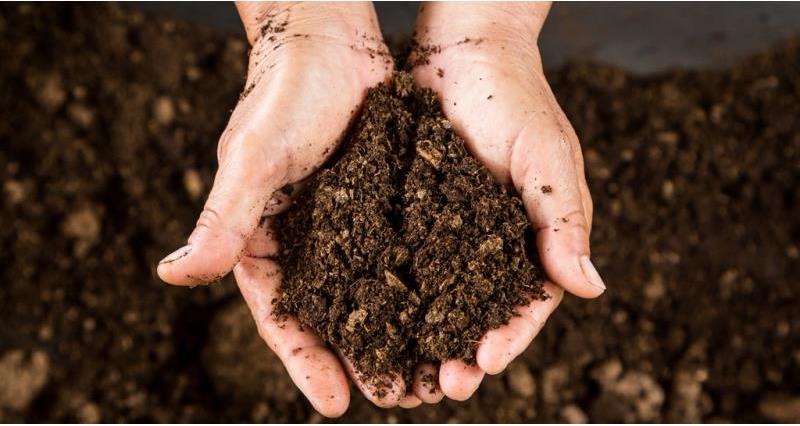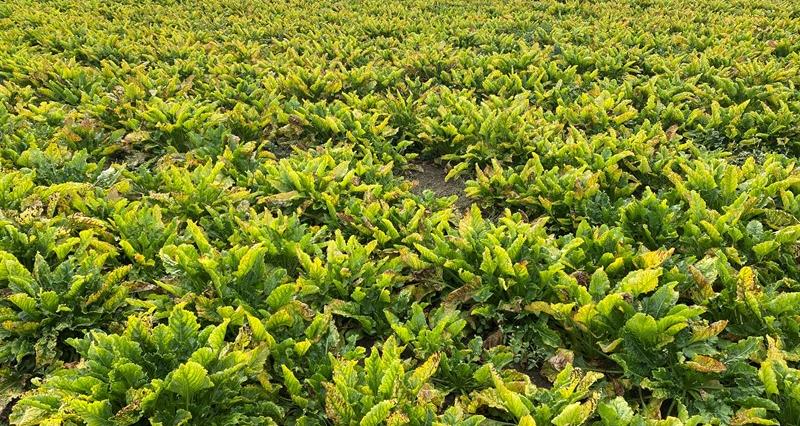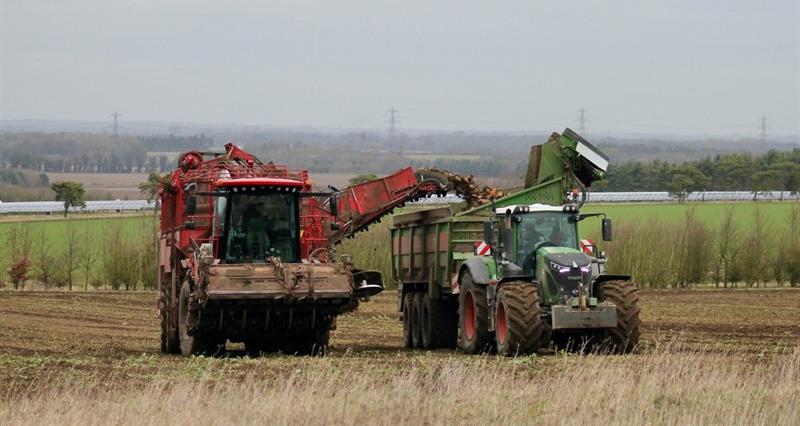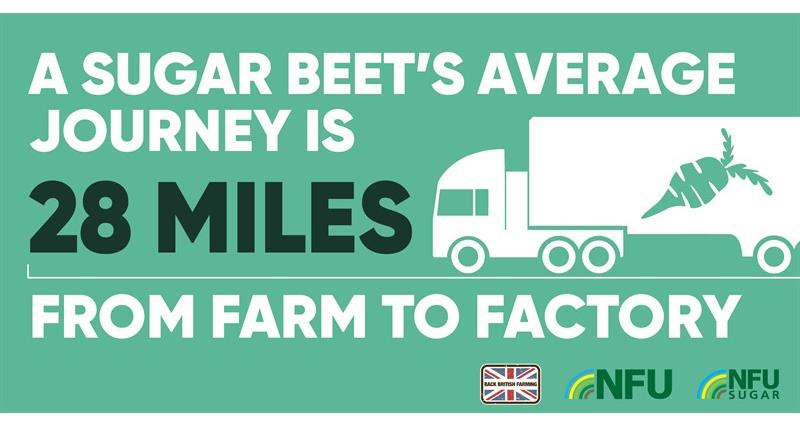Does sugar beet production damage soil?
As sugar beet is harvested during the winter, when the ground is often much wetter, there is the potential for greater soil damage than when harvesting summer crops. Soil is a farmer’s greatest asset, so growers mitigate soil damage by carefully selecting when they harvest their sugar beet crop in relation to their soil type. For example, clay soils and ‘heavier land’ will be harvested earlier in the season. ‘Lighter’ sandy soils do not retain as much water in the soil, so can be harvested during the winter.
Farmers take various steps to manage their soil nutrients and structure and mitigate the impact of agricultural production on their land, and sugar beet plays an important part in this as an essential break crop option within the rotation. A ‘break crop’ is sown to provide diversity to help reduce disease, pest and weed levels and improve soil health. With pests, disease, and an ever-diminishing plant protection toolbox increasingly undermining the viability of many traditional UK break crops – sugar beet represents an increasingly important rotational option for growers in the eastern regions of the UK.
Sugar beet also contributes directly to soil carbon and organic matter reserves, with the leaves, or ‘tops’, left on the land and often incorporated into the soil following harvesting of the root.
In order to minimise soil impacts at harvest, sugar beet harvesters have wide tyres capable of ‘crabbing’ (offsetting the front tyres from those at the back) to further spread the weight of the machine over the land and reduce compaction. Machinery is continuously improving to further reduce compaction and soil losses during the harvesting process.

Photograph: 'Crabbing' sugar beet harvester
Maintaining and improving soil health remain priority areas of research for the industry-funded .
How much soil is lost during the harvesting process?
Soil is a farmer’s greatest asset, and every effort is taken during the sugar beet harvest to minimise the amount that leaves the field. Sugar beet harvesters contain a series of belts and conveyors that function as a cleaning system to knock dirt off the harvested beet and back onto the land. Harvested roots are then loaded into lorries through a cleaner loader which functions to remove any residual soil.
Any soil that does enter British Sugar factories is recycled into high-quality topsoil used for a variety of purposes, including landscaping and sports grounds. British Sugar topsoil was used to landscape the Olympic Park in London.
Managing harvesting across soil types
Sugar beet is grown on some of the most productive land in the UK – about 60% on sandy loam soils and less than 30% on heavy clay soils. Managing harvesting timings for different soil types and being mindful of harvesting conditions allows growers to maximise yields while minimising the impact on soil.





